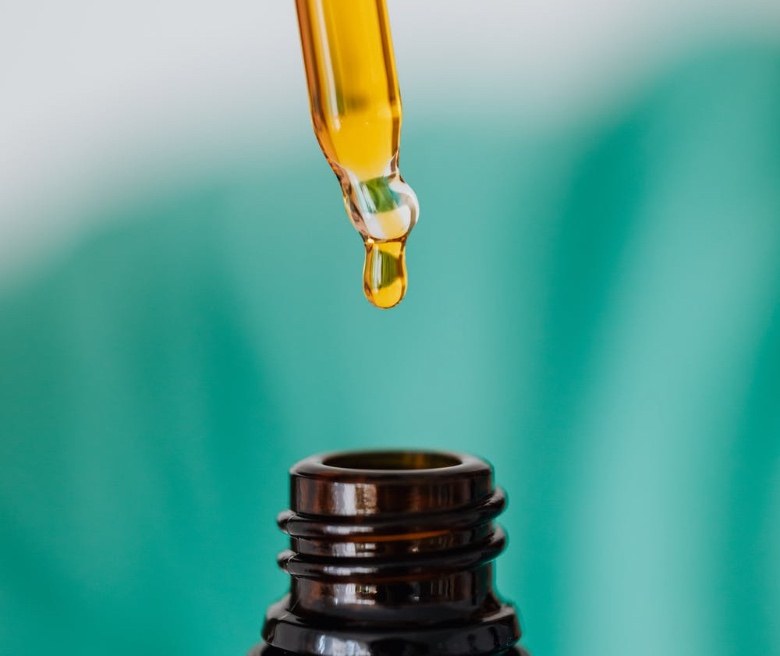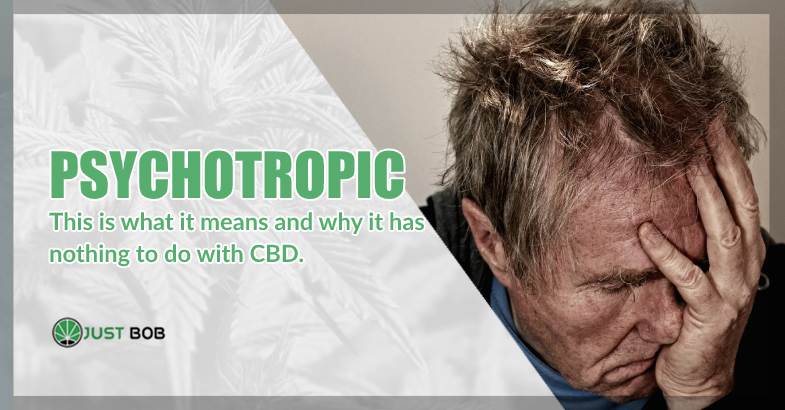What the term “Psychotropic” or “Psycho-mimetic” mean and why it does not define CBD?
Meaning of the “psychotropic drugs” term and their use in the medical and pharmacological fields:
“The adjective psychotropic, synonymous with psycho-mimetic, designates a substance capable of acting on psychic functions. This term is used in medicine and pharmacology to describe doping substances such as cannabis, opiates and their active ingredients, but also to refer to drugs that alter the psyche, such as psychotropic drugs.”
However, this adjective cannot be applied to CBD weed and its prominent cannabinoid (the CBD) for a specific reason: CBD cannabis does not contain THC, or, even better: it contains percentages that are genuinely irrelevant to our psyche.
THC in CBD flower is less than 0.2% (with tolerated percentages of up to 0.6%), while CBD is present in high ratios in CBD buds. Furthermore, THC is absent from products such as CBD hash and CBD oil.

What is THC, and why is it classified as a psychoactive substance?
THC, an acronym for Tetrahydrocannabinol, is the psychotropic (i.e. psychoactive, psycho-mimetic) active ingredient in cannabis. It is a substance which, once taken, binds to cannabinoid receptors, modifying our psyche. More precisely, here are the effects that can be found following the consumption of marijuana rich in THC :
- alteration of mood: there is a tendency to be in a state of extreme euphoria (especially concerning Sativa cannabis) followed by intense relaxation;
- increased concentration, creativity and brain activity;
- alteration of time and space;
- very mild hallucinogenic effects;
- alteration of the senses: in particular, it is possible to find an increase in the sense of smell;
- side effects such as anxiety, depression and sleep disorders.
It is also possible to experience various physical effects such as cravings and even muscular weakness and dry mouth. However, intense muscle relaxation is given in particular by the CBD, while the dry mouth sensation is provided by a lesser-known cannabinoid called anandamide (AEA).
Adding CBD weed, legal hash or CBD oil sativa, has different effects on the use of marijuana with a high THC content.
In fact, in CBD cannabis, THC is present in small amounts, and CBD additionally contains its effect. Secondly, as we predicted, legal hashish and CBD oil contain only cannabidiol.
Read also: Synthetic cannabinoids: what they are and why you should pay attention to them?
Why can’t CBD be defined as a “psychotropic substance”?
CBD, an acronym for cannabidiol, stimulates the cannabinoid receptors in our body, called CB1 and CB2, in a completely different way from THC. After taking CBD, only physical effects are noticed, so this active ingredient in cannabis is not a psychotropic substance.
Wondering what the effects of CBD are? Here they are listed below:
- anti-inflammatory;
- painkiller;
- antiemetic;
- anti-nausea;
- anticonvulsant;
- spasmolytic;
- antioxidant;
- hypotensive;
- relaxing.
Moreover, its action can modulate the effects of THC, so it is possible to consider CBD as an antipsychotic.
The side effects of CBD are very mild: in particular, drowsiness and muscular fatigue can be encountered due to relaxation. These effects are also positive for many people, especially for those who, with the intake of cannabidiol, can fight insomnia and muscular stiffness.

As you may have noticed, none of the CBD effects affects the psyche, so much so that the scientific community sees it as a potential adjunct to combat many problems and symptoms. Studies are still in progress and, for the moment, are only being carried out on laboratory guinea pigs and mice, but there is good hope for the future CBD applications in the medical field.
We have not yet discussed where the THC and CBD cannabinoids are found in cannabis … Find out in the next paragraph!
Read also: Everything they never told you about drug testing
THC and CBD: in which part of the cannabis plant are they found?
THC, CBD and other cannabinoids are found in cannabis flowers and, to a much lesser extent, in the leaves (which, however, contain 0-4% THC). When the hemp plant grows under optimal conditions, the CBD buds, also known as flowers, produce large amounts of sticky resin.
This resin is emitted by tiny glands called trichomes and contains both cannabinoids and other substances, including terpenes, the compounds that determine the aroma of cannabis varieties.
The amount of resin also depends on the type of cannabis: some, such as Gorilla Glue weed and Gelato 33, are more likely to produce more resin, so much so that their flowers are incredibly sticky (and in high demand).
In our CBD online shop, you can buy legal hash and CBD oil Sensitiva. CBD hashish, in particular, contains quantities of cannabidiol identical to the type of cannabis from which it takes its name, such as Super Lemon Haze and Clementine, while being completely THC-free.
What are you waiting for? Buy the best CBD flowers and others cannabis products on JustBob now!



